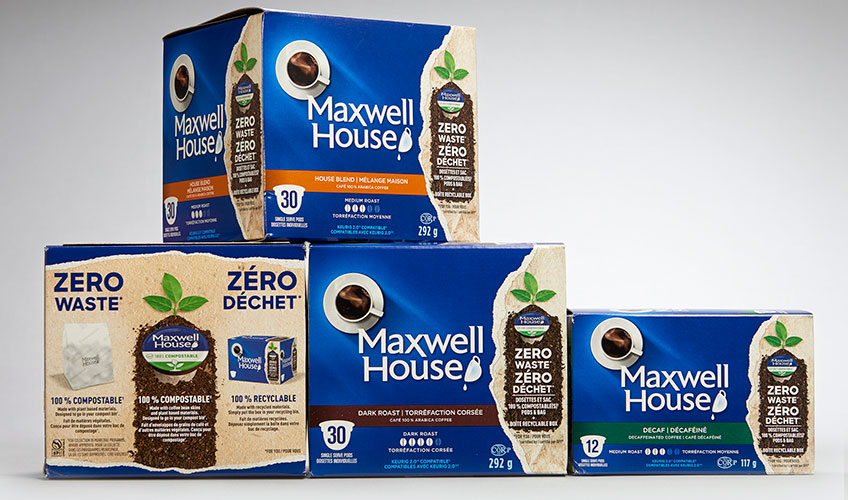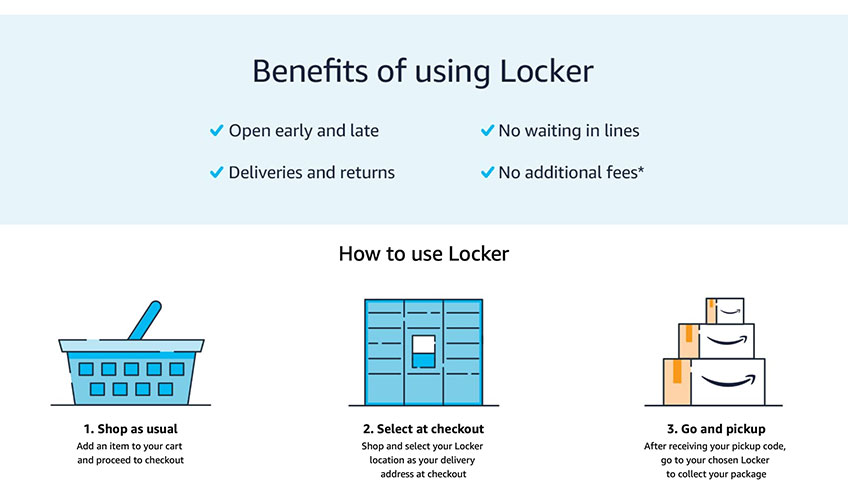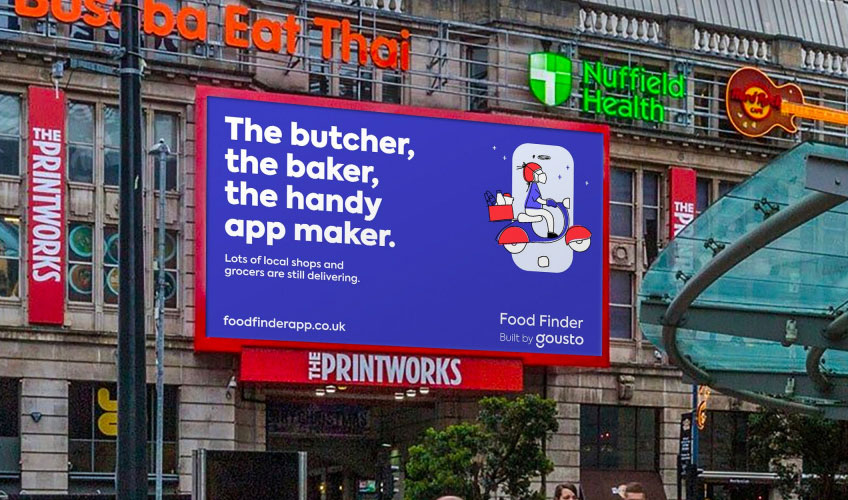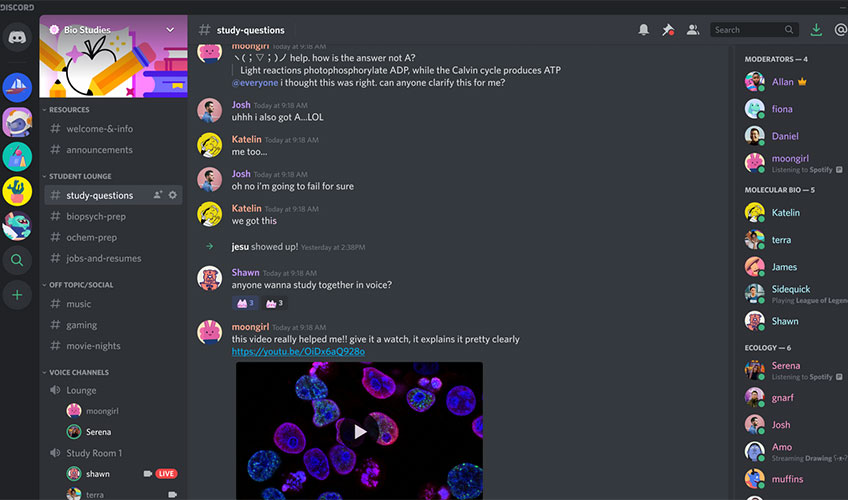It has been a long time since we have experienced such a disruptive year. Many of us are wondering if 2021 will bring with it the same level of uncertainty or if the dust will settle, and what a new normal will look like. To that point, at the end of each year, we provide our clients with a perspective on what the coming year is likely to bring. The good news is that 2021 will most likely be more hopeful than 2020 – but it will also bring many new challenges as well. The question is whether or not we will heed the signs of change and respond in kind.
Prior to COVID-19, SLD forecasted the high probability of a devastating pandemic, leading to the closing of borders and a move towards heightened protectionism. Even though we saw the telltale signs of what we are currently living through, how rapidly it has taken shape and changed our lives has taken us by surprise. Seeing ahead is one thing: understanding how to participate in shaping your desired future goes a step further.
The pandemic has accelerated many innovations that were already underway and has created new opportunities that seemed unlikely before we were all in lockdown. We believe the following six trends will define 2021 and have a significant impact on every facet of our lives and how we interact with brands:
1. Growing Belief in Climate Change and its Effects
2. An Increased Demand for Value
3. The Continued Move to Buying Healthy and Local
4. Home is the Centre of the Universe
5. The Emergence of New Forms of Belonging
6. The Rise of Social Unrest
1. Growing Belief in Climate Change and its Effects
In 2020 we saw the general public awaken to the widespread issue of misinformation. While we are in the early stages of grappling with this monster, the movement to discredit climate change appears to be losing ground. As the number of natural disasters we witnessed in 2020 – from major forest fires and floods to tornadoes and landslides – continue to grow, it will be harder to argue against the reality of climate change. The realization of negative impacts will move this issue to the forefront of consumers’ attitudes and shopping behaviors.
How Will Climate Change Impact CPG Brands in 2021?
For CPG brands, you will see pushback on the use of single-serve packaging. Shifting to fully bio-degradable, compostable materials for things like take-out is preferable. For single-serve beverages, moving to glass or aluminum is another option as both these materials are easier to recycle than plastics. Many brands have reduced the amount of plastic in their bottles, but with facilities beyond capacity across North America, the onus for recovering materials is going to shift towards producers.
In 2021, we expect consumer packaged good manufacturers to start working together to manage the recycling of plastics to make up this shortfall. Governments will impose additional taxes and penalties for those reluctant to embrace change, leading to erosion of margins. Closed loop systems will continue to make a splash.
In food, plant-based meats and lab-grown meat will continue to gain momentum, reducing our reliance on conventional meat production, a key culprit behind rising emissions. The impact of modern agriculture on climate change will become more and more evident, pushing organic approaches further into the minds of consumers. Innovations in ingredients and sourcing are wise to explore now.

How Will Climate Change Impact Retail Brands in 2021?
Retail brands can play a role in a few key areas. One is in reducing the amount of excess packaging in the supply chain, right up to home delivery. We have all received one of those giant packages with tons of bubble wrap for some tiny product – this kind of practice will increasingly bother consumers. Eliminating the use of plastic shopping bags entirely should be a given – even though consumers say they do not want to use them, when they are available, they do.
Another way in which retailers can support efforts to reduce carbon emissions is in the use of green energy. With owned real estate assets like the ones on our website, rooftop solar panels, heat pumps and other on-site technologies will not only please consumers, but also raise the value of those properties over time and significantly reduce energy costs. In leased spaces, less costly investments such as simple blinds can reduce energy usage.
The third way retailers can address climate change is through innovative delivery. The rise in e-commerce corresponds to a rise in delivery trucks, which often follow inefficient routes that cost not only time, but fuel. Ensuring your brand partners with innovative, greener delivery systems will be an emerging consumer need in 2021 and beyond. This could involve methods such as bike delivery for urban areas, drone delivery or even the use of lockers at centralized locations for pick-up rather than front-door service. Consumers have learned to appreciate curb-side pick up as an alternative and will continue to be receptive to change in 2021, which is a big opportunity for brands to test ideas such as lockers.

Climate Change in 2021 and Beyond
Climate change will begin to impact brands more significantly in key locations as sea levels start to rise. Expect to see global leadership from the most unexpected places, such as China, which has much to lose from rising water levels, air pollution and cyclones. Joe Biden has stated that he intends to return the U.S. to the Paris Agreement, signalling a positive sign for international action.
The green energy sector is poised to overtake the oil industry in terms of capacity within a few years, and markets are shifting away from non-renewables. Brands must embrace these changes or be left behind as consumers raise the importance of environmental commitments when making their purchase decisions.
2. An Increased Demand for Value
The pandemic has created a depression-era level of unemployment worldwide, further complicated by many companies’ move towards robotics. The growth of jobs in 2021 will be further exasperated because most new jobs are in low-paying service-related industries, resulting in an overall decline in the medium salary level. Historically, employment growth has also come from small companies (which were the hardest hit by the pandemic) resulting in fewer jobs being available in 2021.
Reduced Income Impact on Sales in 2021
Government subsidies have helped drive retail sales in the short term. Still, the impact of low wages and fewer available jobs will create a significant purchase void next year, impacting most non-essential product categories.
The combination of job insecurity, lower wages and accelerated hollowing out of the middle class will lead to consumers focused on value as their primary purchase decision factor. Brands that are either non-essential or do not provide exceptional value will be significantly impacted as the shift during the pandemic to private label, indie, or leading brands will continue to erode second-tier players who can’t compete on price or customer loyalty. These middle-tier brands should not be surprised, as the trend to fewer brands at shelf-level started five years ago.
With margins being impacted due to the growth of online sales, higher pandemic salary costs and increasing capital costs in upgrading their stores, retailers will also be putting more pressure on CPG brands with increases in listing and promotional fees. CPG brands’ margins will continue to erode in 2021, and leading brands will explore new ways to reach their customers, such as branded online stores and subscription-based programs.
Reduced Income Impact on Staffing in 2021
There is mounting pressure on governments to increase minimum wage and it is even possible that Joe Biden may mandate an increase nation-wide, since a raise is supported by both conservatives and liberals. Retail brands with frontline workers who are already under stress must find ethical ways to manage increased wages. Those who make big moves to automation in this climate may find they experience consumer backlash, especially if there are big job losses.
On the positive side, retail brands may have a greater talent pool to draw from. If they can make frontline jobs more appealing, it could be a great time to shift service models, which will provide retailers with an edge as the economy slowly recovers.
Income Disparity in 2021 and Beyond
This issue is not going away. Value and luxury will drift further apart if governments do not take significant action. Even Walmart’s CEO is calling for a new economic model and recently cancelled their contract with a major robotics company, stating they were going to hire “more humans.” Brands cannot ignore this issue in favor of profits. A balance must be found that addresses brands’ need to innovate and grow with the needs of consumers.
3. The Continued Move to Buying Healthy and Local
Well-being was trending before 2020, but the pandemic has awakened consumers’ awareness of health and safety on a deeper level, creating a whole new PPE industry along with accelerating sales of better-for-you products such as health food and exercise equipment. With the pandemic interrupting supply chains and adding to a greater sense of global protectionism, 2021 will be a year where brands start promoting their local roots and community ties.
Why Local in 2021?
You could argue the shift to local is primarily a result of buying healthier and environmentally sensitive products. However, the need to buy local goes much deeper. Consumers who have witnessed the closure of local businesses are significantly more receptive to supporting their local community. It is all part of a heightened sense of belonging driven by hard times. By supporting local businesses, consumers ensure their community stays intact. Local business associations have run campaigns to help boost community awareness, to great effect. As the economic fallout of COVID-19 rears its head in 2021, communities will continue to rally around their friends and family-run businesses.
How Can Brands Support Local?
When products are being manufactured locally, promoting how the product and brand are creating local jobs should be highlighted on the package and in promotions. Often consumers assume that big brands are shipping products from overseas. While “made in” labels are still relevant, promoting job creation is another useful tactic.
Other smart moves for retailers include giving local brands shelf space, promoting local events and supporting local business associations in their efforts.
How Do Local and Healthy Connect?
Local foods are seen as being more fresh and having a lesser impact on the environment, while locally made goods are viewed as being more ethically produced. When it comes to food especially, the local-health perception is going to take a strong focus in 2021.
The importance of more nutritious foods and ingredients has risen as more consumers cook at home. Closed gyms and reduced overall inactivity has created the “COVID 15” weight gain effect, pushing consumers to pay closer attention to what they eat. Brands need to capitalize on this increasing trend by reducing unhealthy ingredients and introducing new health-inspired unique food offerings to not only drive better eating habits but to answer the customer’s need for a sense of discovery. Wherever possible, sourcing local ingredients can also be a way to address consumers’ increased appetite for local.

Healthy and Local in 2021 and Beyond
The perception of local versus global is flawed in many ways. Feeding a planet with billions of people is indeed a global initiative – but the current tendency towards populist, anti-global trade policies (however self-defeating) will continue in 2021 and possibly beyond. In difficult times, a sense of protectionism is human instinct. Brands will have to grapple with how to deal with pressure from consumers to be more locally focused, while also taking into account the value mindset.
4. Home is the Center of the Universe
The pandemic has forced white collar workers to work from home, and most experts agree there is no putting the genie back in the bottle. Employees and companies can see an increase in productivity due to less travel time, and while some companies will push to return to pre-COVID office routines, it is unlikely they will fully succeed as work-from-home becomes a benefit top talent will look for.
Working From Home
In 2021, expect to see a significant impact on commercial real estate as many companies rethink the amount of leased space required. Home renovations will rise as white-collar workers spend more time at home and desire to enjoy a better work environment.
Companies selling goods and services to office towers and commercial centers, such as vending and institutional foodservice operators, will need to rethink their business model in the coming year. CPG brands will also need to recognize new emerging opportunities to offer subscription-based solutions or virtual meal sharing rituals to help bridge the social divide created by work-from-home.
WFH in 2021 and Beyond
We will witness the emergence of three distinct groups: households that work entirely from home, households split between home and out of home, and households that work out of home every day. Each of these consumer segments has different needs and behaviors. CPG brands need to consider these differences on everything from package formats, sizes and value, while retailers need to consider their three different customer journeys.
New, smaller business centers will develop in communities where white collar WFH employees reside, while office towers may be retrofitted for residential units, potentially being targeted by governments for affordable housing. It is also probable that WFH workers will move farther out of urban centers, potentially even choosing to live in remote areas rather than smaller cities. While it is still unclear whether this is a significant trend or not, there are many signals that WFH could dynamically change the urban/rural divide.
5. The Emergence of New Forms of Belonging
Before the pandemic, the global rise of populism was already significant. As strong as the movement has been, the digital social revolution and the pandemic will push us into new tribes that are both more local and more global.
Tribes Online – The Bad News
If you watched the Netflix documentary The Social Dilemma, you already know that social media algorithms are pushing us into more extreme social tribes that are less tolerant, discourage actual social discourse…and may include fake accounts that are intentionally furthering this divide. Brands are not immune to this phenomenon. Marketing teams need to think carefully about how to position themselves in an increasingly hostile and opinionated social environment. While micro-niche groups and micro-influencers are now prime advertising opportunities, getting accidentally associated with undesirable attitudes and ideas is a risk that must be mitigated at all costs.
A consequence of this increasing hostility, lack of privacy and intrusion of ads into social streams is that young people are starting to shift away from these platforms, preferring private group chats. If this trend continues, it will limit brands’ access to younger demographics on social platforms.
Tribes Online – The Good News
The rise of virtual-based belonging experiences, such as multi-player nhà cái uy tín video games, will continue to appease customers’ need to enjoy connecting with others. Brands will need to rethink their marketing channels to view this growing industry as a viable vehicle in driving brand awareness and engagement. While gaming companies have been shy of using product placement in games (Minecraft, for example, has an outright ban on branded mods) free app-based games come with advertising opportunities and branded partnerships that are a win-win. Improvements in VR and AR technologies will also help push this digital sense of belonging.

Getting Together in 2021 and Beyond
Even with promising vaccines on the horizon, social distancing and restrictions on large gatherings will remain prevalent in 2021. As such, there will be continued innovations in bringing people together. Spaces like parking lots can do more than just provide drive-in movies – bazaar type outdoor experiences can meet the demand for safe distancing while supporting tenants’ decline in business.
Consumers will continue to crave out-of-home experiences, and we will witness the rebirth of retail in new forms and formats. This rejuvenation of retail will come from an accelerated use of pop-up stores and special events to allow local start-ups and companies to sell their wares in high traffic centers.
6. The Rise of Social Unrest
The most unsettling trend is the current level of social unrest around the globe, which will likely continue. Populism, income disparity, racism, gender inequality, surveillance and global human rights concerns will continue to be at the forefront of news throughout 2021. Social unrest will hit brands by interrupting supply chains and retail distribution networks, as seen in Minneapolis and Seattle.
How Brands Can Contribute to a More Just and Positive Society
Brands can play a pivotal role by reinforcing an optimistic message while also dialling up their social cause programs to overcome some of the negativity in the market. Manufacturers will need to pay particular attention to their marketing programs, ensuring a strong diversity message. We have already witnessed many sports teams and leading brands renaming their products or shifting their visual identity in response to conversations about race, gender and diversity. We expect to see more of these initiatives in 2021 and advise brands to be proactive in this regard.
Additionally, when it comes to both internal and external communications, ensuring diversity training is an integral part of your brand culture will help move conversations forward.
Social Unrest in 2021 and Beyond
With a market fraught with potential conflicts in 2021, it’s critical brands initiate strategic foresight sessions to understand possible scenarios. As Denis Waitley said, “Expect the best, plan for the worst, and prepare to be surprised.” Some of the potential concerns that could create a new wave of social unrest include a refusal by Donald Trump to leave office, anti-vaccination movements taking to the streets, widespread unemployment and controversial Supreme Court decisions.
Looking Towards A New Year
These six trends are all opportunities disguised as challenges. How brands anticipate and react to these challenges will define the winners and losers in 2021. With so much at risk and so many companies failing to survive in 2020, it will be necessary for those that compete in the new year to avoid historical biases and help shape a new normal.

